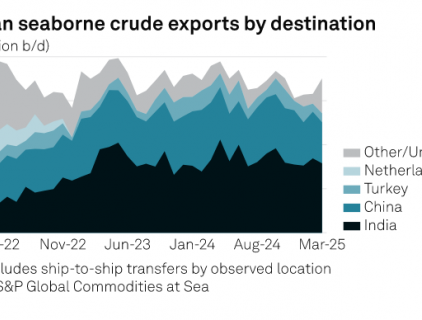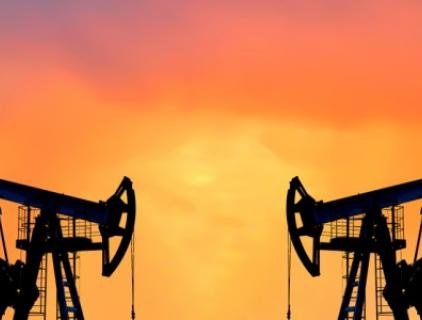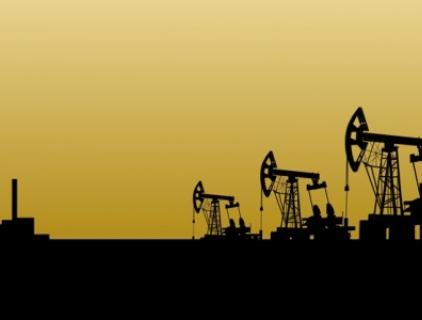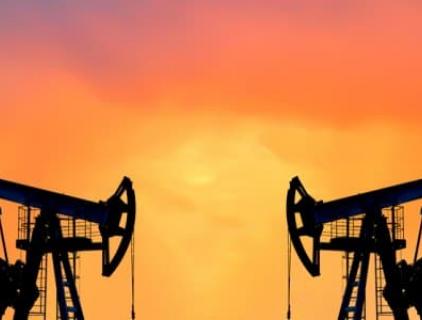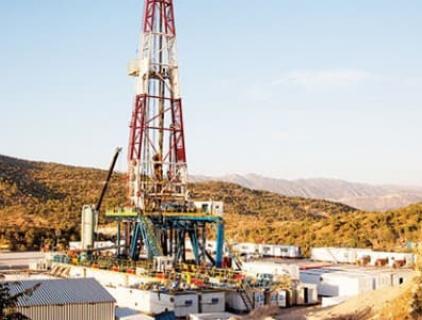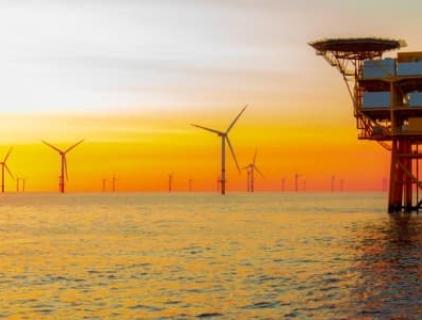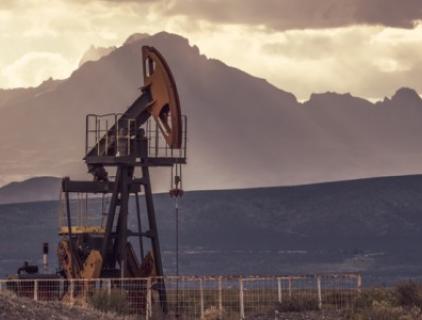Saudi Aramco Is Taking A Page Out Of The U.S. Shale Playbook

U.S. shale producers have resisted calls from the government to substantially raise production, preferring to return cash to shareholders and repair their balance sheets.
The Kingdom of Saudi Arabia-KSA has also received calls from the U.S. government to increase its output. KSA has notionally agreed, but with relatively token amounts that do not address the U.S. government’s goal of reducing oil prices.
A closer look at their recent report to shareholders, along with other investing actions they have taken, seems to draw similarities in mindset with U.S. shale producers, in terms of holding to previously announced capital restraint.
Saudi Aramco, (ARMCO) reported Q-2,2022 earings this week and set tongues wagging with the sheer amount of cash being generated in its daily operations. Net income of $48.4 bn, Free Cash Flow of $34.6 bn for the quarter, and $65 bn for the first half, substantially eclipsed year-ago numbers of $22.6 bn and $40.9 bn for the same period. All of this was driven by price realizations for crude topping the $113.00/bbl mark for the quarter, exceeding year-ago prices ($67.90) by ~66%.
What was noteworthy, and documented in a recent Wall Street Journal article, was the company’s capital allocation budget toward increasing production remained largely unchanged at the lower end of its previously announced range of $40-50 bn for 2022. The Journal article went on to note-
“To be fair, $40 billion is a lot, much more than in 2021, but Aramco is very flush. It earned more than $65 billion in free cash flow in the first half of this year. That spending also includes diversifying into natural gas, wind, solar and blue hydrogen. And while capital discipline is laudable, surely if management really believes that oil demand is growing for the next decade, it should at the very least accelerate plans to expand its maximum sustainable oil capacity to 13.0 million barrels a day, currently set for 2027.”
Where the Saudi mindset appears to depart from their oil-producing cousins on the other side of the planet, is what is to be done with the excess cash now being realized. While U.S. shale producers are raining wealth on their shareholders, in the form of stock buybacks and special dividends, KSA-94% owner of ARAMCO, has focused on paying down debt, and diversifying its energy portfolio. In some ways mimicking the actions of the mega oil producers like ExxonMobil, (NYSE:XOM) Chevron (NYSE:CVX) and BP (NYSE:BP), by delving into alternative energy forms.
The supermajors, tired of being clubbed by the climate alarmists, and having totally bought into the Paris Accord Net Zero by 2030 dictums, have been diverting capital away from legacy sources and toward cleaner energy forms that raise their ESG scores. Author of, The End of Fossil Fuel Insanity, Terry Etam, summarized their plight in an article carried in the BOE Report discussing the coming gap between supply and demand-
“There is little producers can do to help out. Their ‘inventory’ – oil and gas reserves – is in incredibly high demand, and is being bid up in price. What would help alleviate this situation is to find and develop more reserves, but the world’s cultural elite, the group that dominates western political schools of thought, has ‘scientifically’ linked any weather event – anything at all – with climate change, which is linked to ‘fossil fuel combustion', which is therefore bad, and the mere suggestion of increasing production is unacceptable.”
In this regard, the supermajors have been “Greenwashing” their portfolios in some cases and beginning to transition them in others. Here they depart from the Saudis who intend to straddle the gap between petroleum and green energy into the foreseeable future.
In spite of a publically asserted view by Aramco CEO, Amin Nasser that oil demand will grow for the rest of this decade, KSA appears to be in no hurry to accelerate the timetable for achieving the 13 mm BOPD upper threshold set for 2027. Instead, KSA has embarked on an ambitious decade-long quest to diversify its economy away from its sole reliance on oil and gas, choosing a multi-pronged approach that includes hydrogen, wind, and solar.
One area where they are focusing their efforts is in the production of hydrogen-H2. A Financial Times-FT article notes that the Saudis plan to dominate the production of H2, a few years hence. With its abundant supplies of gas nearby the City of Neom, a Blue-H2 plant is being built with $110 bn of capital. This plant is planned to take 2.2 bn cubic feet of gas daily from the supergiant Jafurrah gas field, for processing Blue H2. It is forecast to come on line in 2026.
Another massive hydrogen project will produce Green H-2, with power supplied by a 99-turbine wind farm. SP Global discusses this in an article focusing on Acwa Power’s 240K mt/ton per year, green hydrogen project that will make 1.2 mm MT of ammonia. It also is expected to start production in 2026.
Finally, solar is thought to have unlimited potential in the Kingdom. It makes sense as the sun shines brightly there more than 300 days per year. Accordingly, KSA is fielding a number of new solar farm projects getting underway. The sovereign wealth fund of the Kingdom just this year let two awards for a total of 1 GW IPP One went to Acwa Power for a 700 MW farm at Al-Rass and a second smaller, 300 MW farm at Saad. The Kingdom has a goal of installing 54 GW of solar generation by 2030.
Solar is also finding industrial uses as the Glass Point complex takes shape. This 1.5 GW project, the biggest solar farm in the world will power an aluminum smelting plant designed to use the solar mirrors on water-filled pipes to produce solar steam. This will save approximately 600K tons of carbon annually.
Your takeaway
It is fairly clear from the decisions that KSA is making about the capital allocation for renewable forms of energy that their feet are firmly planted in both camps. The higher price regime that has settled on the oil market since 2021 has provided the cash to fund the projects we have discussed, that will fuel the Saudi Vision 2030 Saudi Vision 2030 initiative.
At the same time, like their shale counterparts in the U.S., they are committed to an orderly development of their legacy oil reserves in a way that will preserve value as far into the future as possible. That’s just good stewardship.
What this means is that in spite of entreaties by world leaders including the American president to produce more oil to lower prices, oil producers in the U.S. and in Saudi Arabia are seemingly determined to hold the line on capital spending. This will have the effect of keeping supplies tight and prices higher than they otherwise would be.



